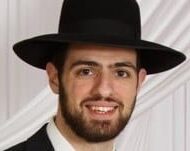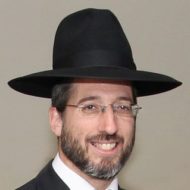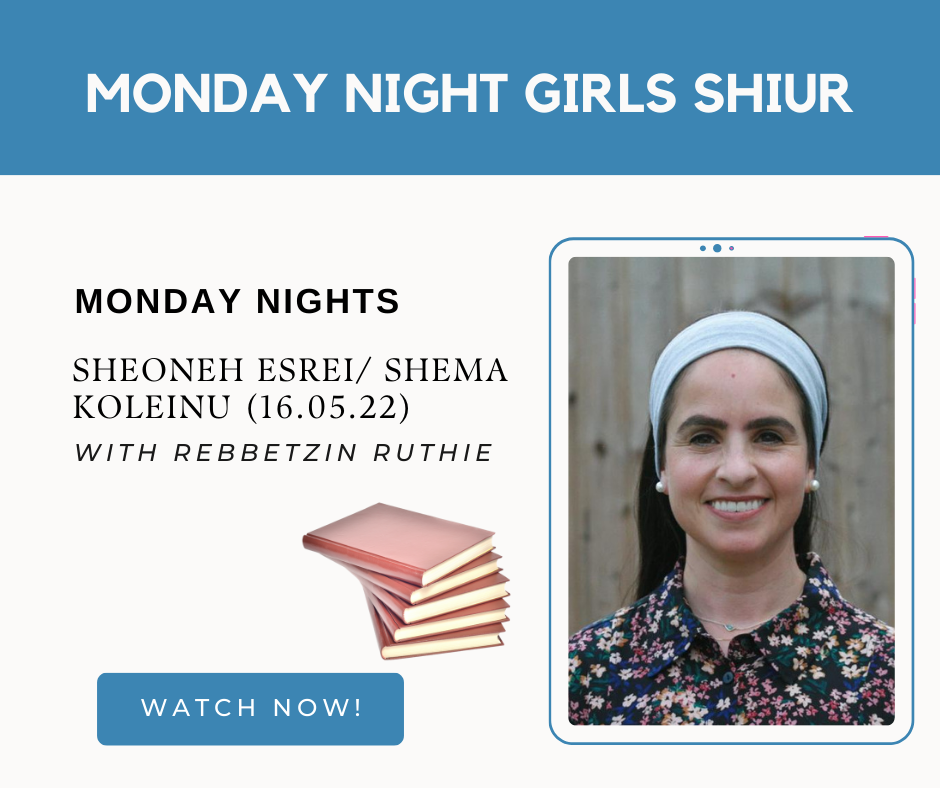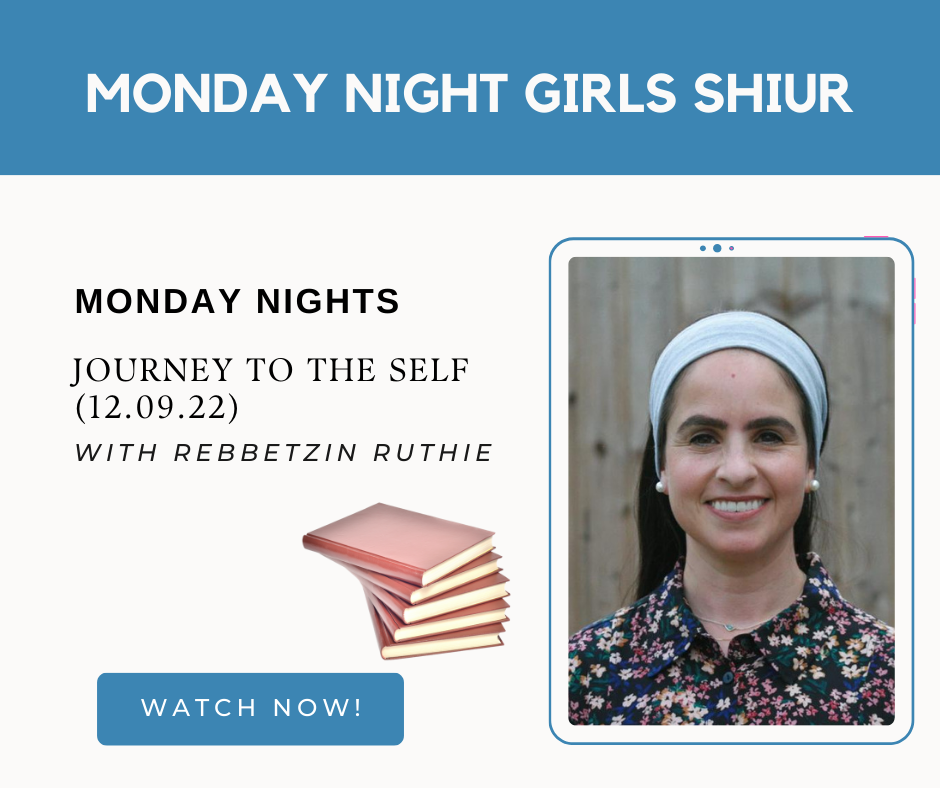
What a wonderful sight it must have been; all of Am Yisarel gathering before the Chag of Pesach in Yerushalayim!
Before Pesach, untold numbers of Am Yisrael, would gird their loins and ascend to Yerushalyim in fulfilment of the Torah’s command, “Three times during the year shall all your males appear before the Lord G-d” (Shemot 23:17).
On Pesach there was an additional Mitzva. “You shall slaughter the Passover-offering… in the place where G-d will choose to rest His Name” (Devarim 16:2).
Three times a year, from near and far, colourful caravans of Olei Regel, men, women, and children, mounted on donkeys, camels, horses and accompanied by thousands of others on foot, wended their way to Jerusalem.
Singing “I rejoiced when they said to me, we are going to the house of G-d” (Tehilim 122;1), they jammed the winding roads that led through the verdant flower-covered hills of Eretz Yisrael in springtime.
Though many would buy their sacrificial animals in the teeming markets of the Holy City, others drove cattle, sheep and goats to be offered as Korbanot. Wives joined their husbands, daughters their fathers and brothers, as they all ascended to Yerushalayim. “The rejoicing (during the the Pilgrimage Festivals) applied both to men and women” (Chagiga 6b).
By the time the Korban Pesach was to be slaughtered, all circumcised Jewish males above the age of 13, and all women and girls above the age of 12, who were “not distant” from Jerusalem, were required to join a Chavura. A Chavura was usually an extended family together with friends and neighbours – that united to offer and eat the Korban Pesach as a group.
When a caravan of Olei Regel drew near to Jerusalem, “they sent messengers before them (to inform the Mikdash authorities of their presence)… the rulers and the prefects (the leading Kohanim and Leviyim) and the Temple treasurers went forth to meet them. According to the honour due to the Olei Regel, so did they go out” (Bikkurim3:3).
From the descriptions in various Mishnayot and other sources, it appears that as soon as the ritually pure Olei Regel entered Jerusalem, they immersed in a Mikva, changed into fresh white garments, and marched straight to the Mikdash. They were careful to come up to Jerusalem on roads approved by the Mikdash authorities known to be free of graves and other sources of impurity that might defile them. Olei Regel who were T’mei Meit (ritually impure because of contact with a corpse) had to arrive in Jerusalem early enough to complete the purification process in time. Once they arrived in Jerusalem, the Halacha mandated that they be purified with Mei Nida (water mixed with the ashes of the Para Aduma, the red heifer) on the third and seventh day, immerse in a Mikva and only the next morning enter the Mikdash complex.
How many Olei Regel actually came to Jerusalem and ate of the Korban Pesach?
The Gemara Pesachim relates: “Our rabbis taught: King Agrippa once wanted to cast his eyes on the populations of Israel (i.e. take a census). He said to the Kohein Gadol, ‘Cast your eyes on the Korbanot Pesach (brought by the Olei Regel). He (the Kohein Gadol) thereupon took a kidney from each (sacrificial animal) and 600,000 pairs of kidneys (Zugei Kelayot) were found there, twice as many as those who departed from Egypt (600,000 x 2 = 1,200,000) excluding those who were ritually impure, and those who were on a distant journey. There was not a single Korban Pesach for which more than ten people had not registered” (Pesachim 64b).
Josephus gives his version. “So these high priests, upon the coming of that feast which is called the Passover… when they slay their sacrifices (i.e. the Korban Pesach)… a company (a Chavura) of not less than ten belong to every sacrifice …and many of us are twenty in a company. (The high priests) found the number of sacrifices to be 256,500; which, upon the allowance of no more than ten that feast together, amounts to (at the very least) 2,700,200 that were pure and holy (Wars Bk 6 Ch.9:6). Josephus also emphasized that there were large numbers of Israelites who were ritually impure and therefore were barred from partaking of Korban Pesach.
The Torah excuses those “on a distant journey” from the Mitzva of Korban Pesach (Bamidbar 9:10).
An undeservedly little known Mishna asks, “What counts as a distant journey? Beyond Modi’im or a like distance in any direction. So says R. Akiva. R. Eliezer says: Beyond the threshold of the Temple Court (Iskupat Ha’azara).
- Yossi said: Therefore there is a dot over the (Hebrew letter) Hei (in the word Rechokah), as if to say, not because it is indeed far off, (but only far off as) the threshold of the Temple Court and beyond” (Pesachim 9:2).
Though their rulings were not accepted as normative Halacha, it is interesting to note how prominent these latter two dissenting sages were.
- Eliezer ben Hyrcanus is the only Tanna in the Mishna to have HaGadol (the “Great”) added to his name. His teacher (R. Yochanan) compared him to a “sealed cistern which does not lose a drop”… R. Yossi is described by his teacher as a Chassid, a saint, a righteous man (Avot 2:12). However, the Halacha is according to the ruling of R. Akiva, the leader of the next generation.
Rambam summarizes, “Someone who was at a distance of 15 miles or more from Jerusalem at sunrise on the 14th of Nisan is considered ‘on a distant journey’ (and is exempt from bringing Korban Pesach). If he was at a distance of less (than 15 miles from Jerusalem), he is not considered on a distant journey because he is able to arrive in Jerusalem by Chatzot, midday (Hil. Korban Pesach 1:1). What is the Halachic significance of Chatzot, midday? “It is a Mitzvat Asei (a positive commandment) to slaughter the (Korban) Pesach on the 14th of Nisan after Chatzot” (Hil. Korban Pesach 5:9). In practice, it was only about 2 hours after Chatzot, after the Kohanim finished offering the afternoon Tamid, burned the Ketoret (incense), and lit the Menorah that the first of three groups of Olei Regel were admitted to the Azara to slaughter their Korbanot Pesach. On Erev Shabbat, they began Korbanot Pesach an hour earlier to allow enough time for them to be completely roasted before Shabbat.
Happy is the eye that saw this. May we merit to go up to Yerushalayim and the Bet Hamikdash speedily in our days. Amen.







